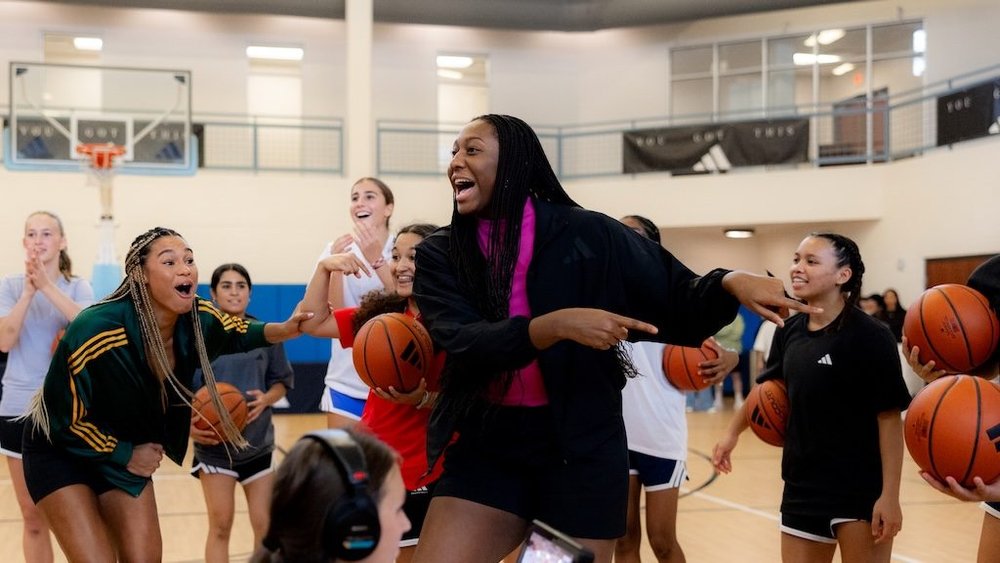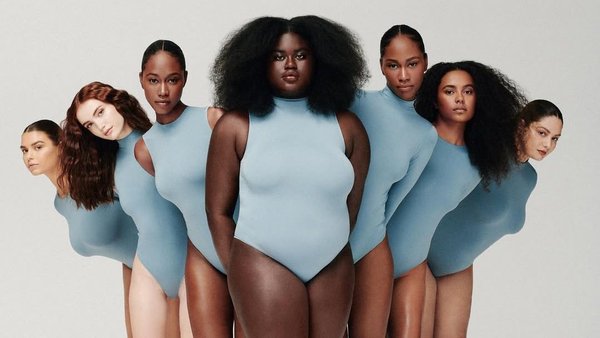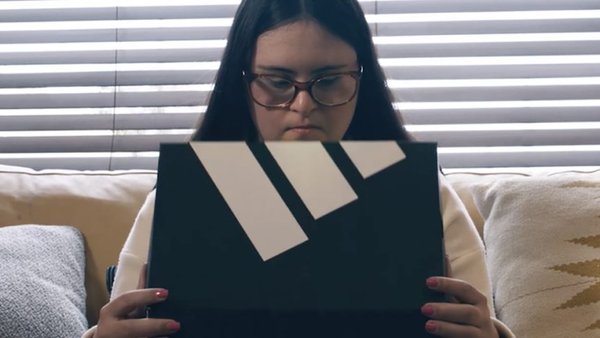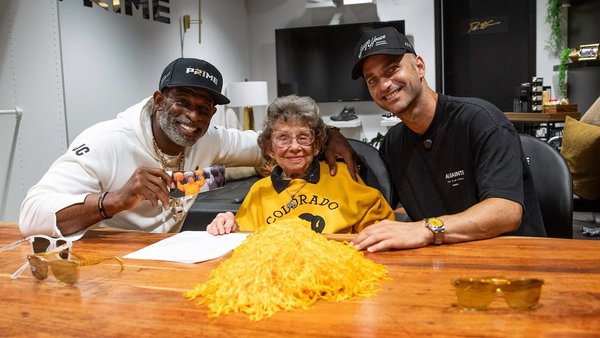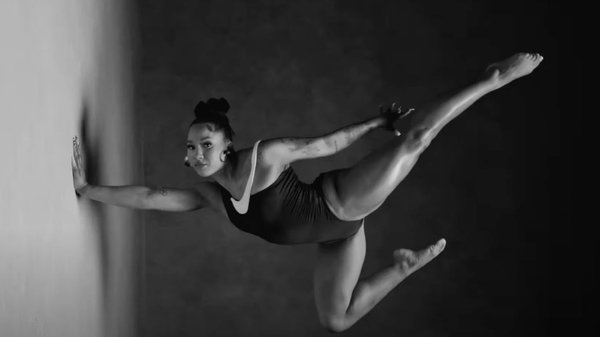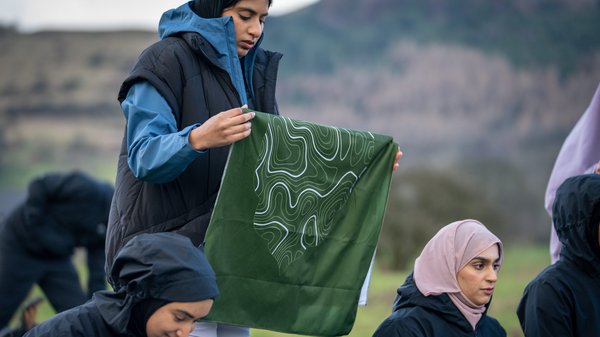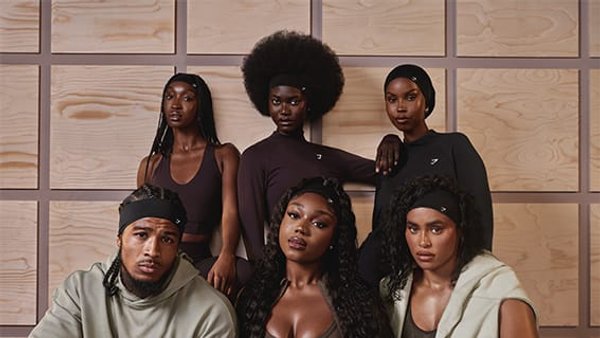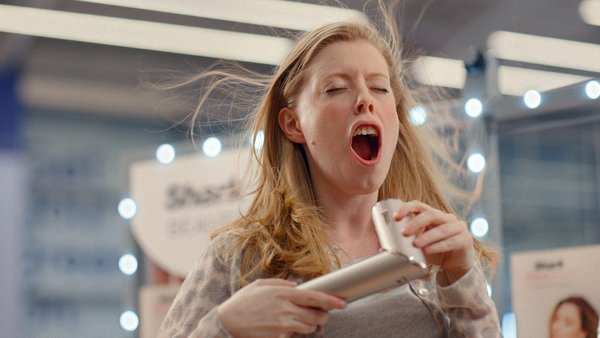In February 2024, sportswear giant Adidas launched a new global platform: You Got This. After 20 years of its Impossible Is Nothing positioning, the brand was losing touch with younger consumers, who were dropping out of sports due to the pressures to perform and expectations from parents, coaches, friends, and teammates.
Over 18 months, the team built a platform designed to reconnect with Gen Z and get them enjoying sport again. You Got This launched with a three-phase campaign throughout 2024, focused on everyday athletes, that summer’s high-profile football tournaments, and the Paris Olympics.
The next phase of the global campaign came in February 2025, with a hero film by TBWA\Neboko, Amsterdam, called We All Need Someone To Make Us Believe. The two-minute 15-second film features a range of elite and amateur athletes being pulled through moments of self-doubt and exhaustion by the support of a friend, family member, coach or teammate.
Adidas also commissioned research by Focaldata about the pressures faced by athletes, to produce The Sideline Effect report. The report identifies more positive ‘sideline’ behaviours and is supported by The Sideline Essentials programme, which will be distributed to Adidas partners such as Breaking Barriers, the Adidas Football Collective and With Women We Run.
On 18 April, Adidas launches a four-part docu-series called Illuminated, which offers a deeper dive into the support systems of the celebrity athletes featured in the We All Need Someone To Make Us Believe hero film. The first episode in the series, available on Adidas’ YouTube channel, follows basketballer Anthony Edwards and his best friend, Nick Maddox; other stars include footballer Aitana Bonmatí, gymnast Rebeca Andrade, and ski racer Mikaela Shiffrin.
To find out how the brand approached this milestone and how it is targeting younger consumers, Contagious spoke to Adidas VP, global brand communications, Florian Alt, who said:
- Understand the evolving context / Adapting to the changing needs of Gen Z and Gen Alpha is crucial for brand relevance
- Do your research / Leverage consumer insights to build a brand platform that resonates authentically and encourages deeper engagement
- Do as you say / Adidas’ platform is backed up by tangible actions, partnerships, and content that support the brand's message to build meaningful connections with consumers
- Align internally / Implementing a significant brand evolution is a long-term commitment that requires the backing of the entire organisation
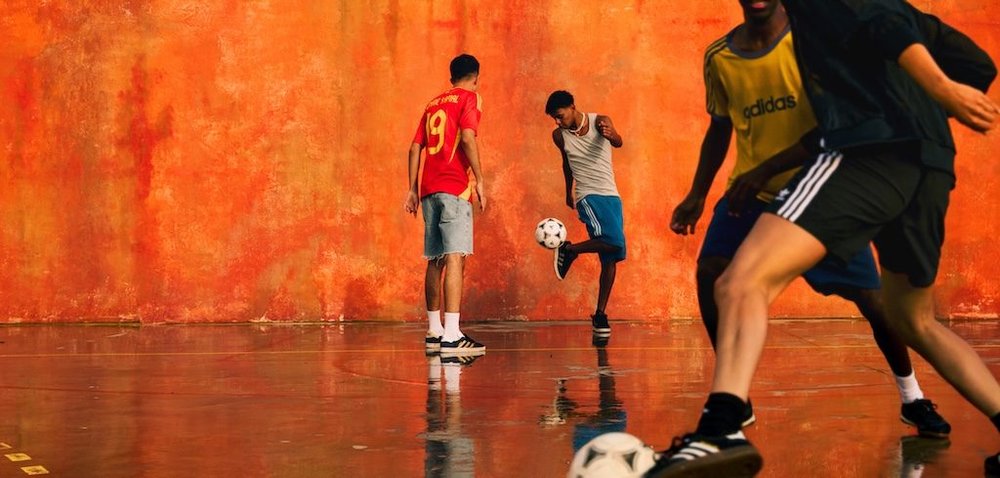
Give us some background on the new platform – what are some of the key differences between Impossible Is Nothing and You Got This?
Florian Alt: It’s a journey that we’ve been on for some years, but last year we took the decision that we have to amend our messaging, with the world changing and younger generations needing a bit of a different approach, or a different conversation. You Got This, which we brought to life for the first time in 2024, is an evolution of what we have been doing over the last 20+ years. We still, as a brand, believe that through sport, we have the power to change and influence lives in a positive way – that doesn’t change. ’Impossible Is Nothing’ was the expression back in the early 2000s that brought that [sentiment] to life.
Now, over the last couple of years, generations have moved on, and there’s a lot of pressure in and around sport. When we did multiple [studies] across the globe, the universal insight we got from kids is that nowadays there’s a lot of pressure surrounding sport, and as a consequence, sport isn’t enjoyable anymore – which is alarming. Because if there’s one thing that sport should really do, it should make people feel good. And that applies to all levels, not only beginners or amateurs. It goes all the way up to the highest elite athletes. They’ve got different pressures to deal with, but they also, of course, want to enjoy sport more than anything else.
When you ask people, ’How should sport feel?’ or ’When was sport the most enjoyable?’ a lot of them come back with, ’When I played it in my garden, in my backyard, when I was a little kid. There weren’t any rules, there weren’t any coaches or parents who told me what to do. I was just purely enjoying and playing with my friends or by myself, and just had fun.’ That whole backyard mentality is what helped us shape and identify where we’re going with You Got This.
Florian Alt, Adidas
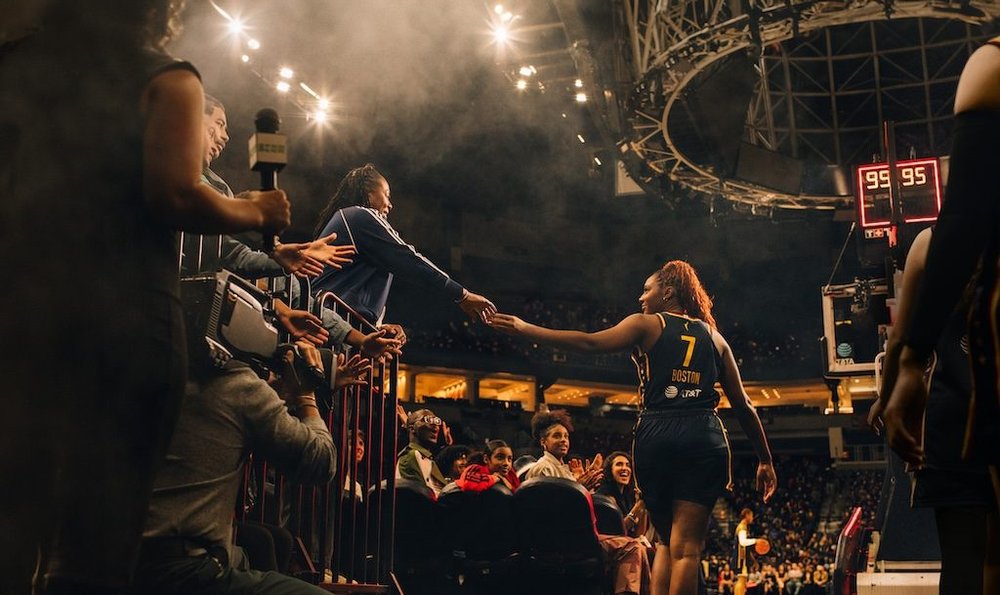
Last year, when we introduced You Got This, we wanted to remind people how sport should really feel and give them the self-belief, confidence and optimism to do their best. So that was the starting point. It’s less a repositioning and more an evolution of where the brand has been going for decades, but put into a modern context. We listened to all those kids expressing how pressure limits their enjoyment of sport and ultimately, for a lot of them, means that they are quitting sport, and we are the brand that believes through sport, we have the power to change lives in a positive way.
Yes, this is a new line, but it wasn’t an overnight decision to bin what we have been doing with Impossible Is Nothing for more than 20 years, which is work that we are very proud of, and was very right for that time. We were looking to continue that thought, but put it into a more modern-day context and [articulated] how kids would say it nowadays. And it’s also more positive, because Impossible Is Nothing uses a word that is slightly more negative, while You Got This is that notion of self-belief, that kids would say to each other, that teammates would say to each other, to encourage and instil self-belief – and have fun.
Florian Alt, Adidas
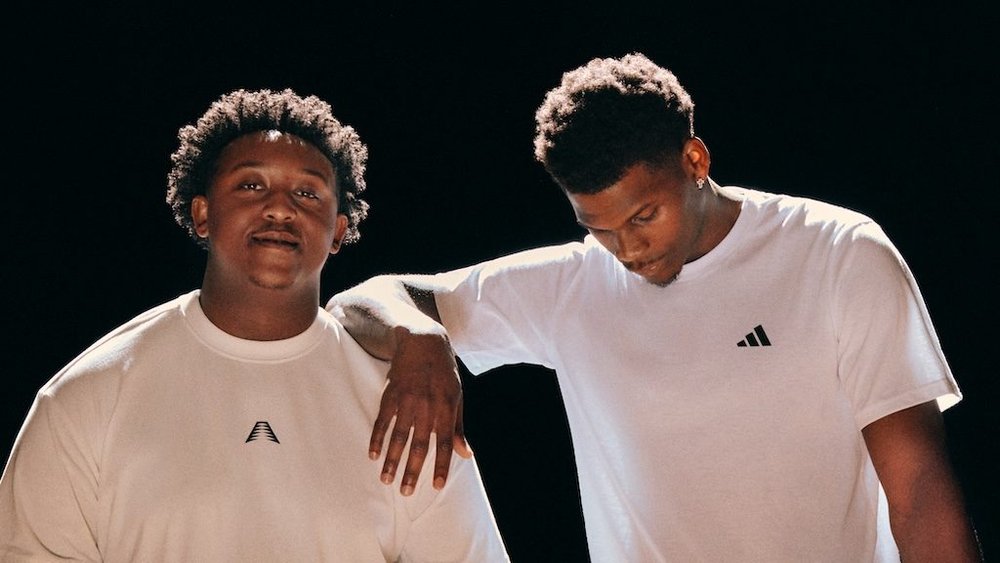
Tell us about how you arrived at the new wording and how you ensured it was distinctive while still faithful to Adidas’ history.
As we went through the process and uncovered all these insights, it was clear that we needed a new expression to bring this to life. We started exploring and working on a set of lines. How do you arrive at something that still encapsulates the notion of either Impossible Is Nothing or our brand belief of ’through sport, we have the power to change lives’, which is also suited for Gen Z, Gen Alpha and future generations?
As part of the creative development process, we had a set of lines enriched with some of our core brand beliefs and values and thoughts – some felt intuitively closer to our brand, and some not so much. And then you have to do your legal due diligence in terms of what you can and can’t say, if somebody else is using a similar line, et cetera.
So we went through all those processes, but it’s fair to say that You Got This stuck out from the very first moment, because it felt so truly Adidas. You can imagine, with a shift like that, you need to have the whole – and I really mean the whole – organisation and brand lined up and be behind it. It’s not a decision that you take in isolation just within your marketing. But wherever we had the conversation, You Got This felt naturally right for Adidas. It’s reaffirming. It’s not talking top-down. It’s more eye-level, peer-to-peer – what friends would say to each other, but also what an elite athlete could say to an amateur athlete that’s just entering the sport, to fuel them and fill them with self-belief.
Florian Alt, Adidas
Then you need to see how the line fits with the work, be it in images or films. Does it do the job? Does it allow you to land in the right context? Do people easily understand what you want to convey with it? And not all of that can be done with three words. It’s the pictures and the visuals and the films that surround it. But at its core, it needs to say something that is where we believe sport should be, and how we as a player in that industry should help and support that.
It’s a long-term commitment, of course, it’s not a three-year [campaign] and then we change again. Of course, you build equity. There are brands out there that have used the same claim for decades. We’ve made a deliberate change for what we believe is the greater good. And as I’ve said, it’s still continuing in the same vein. It’s not that we are pivoting from a core belief; it’s about how we express it and position it towards consumers now and in the future.
Florian Alt, Adidas
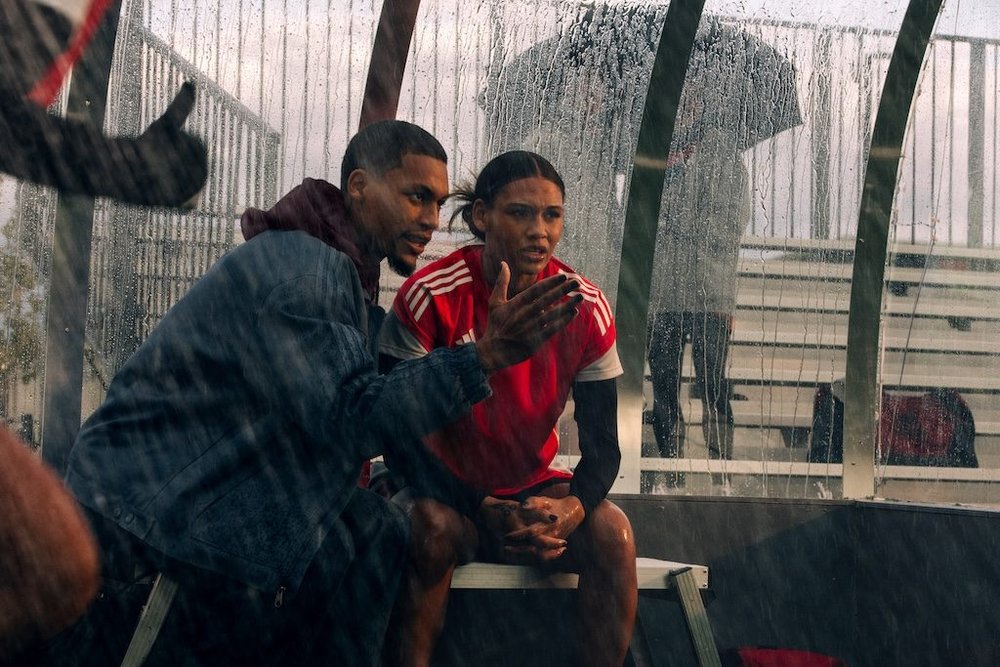
As you say, You Got This is more of a spoken phrase while Impossible Is Nothing is clearly a marketing line – was there any pushback against discontinuing such a long-running slogan with so much investment and work behind it?
It’s not an easy conversation to be had, right? A lot of people have been working with [Impossible Is Nothing] for a long time. Ultimately, what it came down to is that we all had to acknowledge the facts and the insights. If you listen to the consumers and see how much pressure there is on their lives, their careers, and all the other things that stress out younger people, everybody had to agree that [Adidas] probably needed a little bit of a shift.
What helped was that we could explain and show that this is an evolution and not just a pivot into a completely different direction. If we are saying we need to be relevant now and for generations to come, and making sure that kids don’t drop out of sport and have that self-belief and enjoyment of sport, it was the only decision that was really left to go with. Impossible Is Nothing was probably more marketing language, which was right at the time when we introduced it in the early 2000s, but nowadays, you probably wouldn’t do it.

Tell us about the Sideline Essentials. What are they, how did you come up with them, and how do they support the brand building comms with real action?
In 2024 we laid the foundations. In 2025 we said, okay, the next chapter to this story is that a lot of people’s experiences of sport are shaped by the people around them. That was the insight which led to We All Need Someone to Make Us Believe. It’s yourself first and foremost, but it’s even more powerful if your parents, your coaches, your teachers, your friends, sometimes maybe even your opponents, are also giving you that affirmation that you got this – that helped us shape the narrative for 2025.
In the films that we did, there are everyday people portrayed in the work, as well as elite-level athletes like Anthony Edwards, Aitana Bonmatí, you name it. But we didn’t want to just do some nice, beautiful looking advertising films and then leave it there, because the insight is too meaningful and too important to not go deeper. You can, as a brand, put out some flashy marketing and leave it there. But we really believe that sport has the power to change lives. So you need to not only say it, but also follow up with the necessary action, and that was the starting point for Sideline Essentials.
A lot of pressure in sports happens on the sideline, quite literally: coaches, parents shouting into the game, telling you what you’re doing wrong, people behaving in a way that isn’t very self-belief-confirming, but frightening, especially for younger kids. Because of the research, we know it’s one of the key reasons a lot of kids say, you know what? I’ve had enough of it. I don’t want to do sports anymore, because I’ve got so much pressure with school and everything else already in my life. I don’t need this extra pressure in sport, which should, in theory, be fun and something to enjoy.
Florian Alt, Adidas
So we started really looking into sideline behaviour and how you can change and be more positive. It has a ripple effect – if one or two or 10 people behave differently in and around the game, or even in and around athletes’ lives, it will trickle down, and it will make other people also think about how they behave. In Jürgen Klopp, we found a perfect example of someone who has been living by these principles throughout his career as a player and also as a coach. We were very lucky that, when we shared the concept with him, he said, ’This is so spot on. This is what the world needs nowadays. And I’m totally up for supporting and signing up for the Sideline Essentials and even helping craft some of those sideline behaviours.’
It’s not a fancy marketing campaign, this is rooted in truth. We’re supporting it with sideline appearances, where players like [footballer] Mo Salah in in the UK, or [basketballer] Candace Parker just recently in the US, show up at amateur sporting games to portray positive sideline behaviour and show the kids that they all have somebody to make you believe you got this. That’s why I like to remind everybody that the brand campaign is not just the beautifully curated films, equally important are the building blocks around Illuminated [Adidas’ docu-series about athletes’ support systems], Sideline Essentials, and sideline appearances, that allow us to go deeper and build more meaning and life into this very important topic.
Florian Alt, Adidas

Why do you think that this approach is so relevant for your audience? What’s causing this change in attitudes?
It’s a combination of a lot of factors – what we saw is more kids dropping out of sport, which is worrying. We sell sporting goods, so we need people to do sports. But on the other hand, sport is so vital for your health, your fitness, physically or mentally, that we want to make sure that people stay in it. That’s a firm belief we have as a company.
Secondly, the environment kids, teens, and young adults are growing up in these days, is different from what it was 20-25 years ago. You have a lot of geopolitical unrest. There’s a lot of uncertainty around their future. Where will life take them? What’s their career path? Etc, etc. All of these stresses might have existed 25 years ago, but not at the level they are bombarded with over the last five to 10 years. There wasn’t a pandemic then, or [social media].
Lastly, for a long time, sport was a form of escapism – an outlet in your day, throughout your week, to be able to enjoy your life, to feel good. And if that is not possible because of the added pressure, we lose that precious thing. Those were the starting points that made us think about how we can show an understanding of what kids and athletes of all levels have to go through. Our elite athletes went through similar, if not the same, and a lot of them say, ‘Hey, what can I do? How can I use my position to make sure kids still want to participate in sports?’ Everybody can instantly tell you who the person or people are that guided them to where they are today, which proves that it’s a truly grounded, insightful idea that everybody can relate to.
Florian Alt, Adidas
How do you lean into a softer, more inclusive side without alienating those elite, top-level athletes? Can you speak to both audiences?
I know what you mean, and that’s exactly why You Got This is based upon this insight that pressure is impacting athletes' enjoyment and participation in sport, no matter their level. Sport should be for everybody, not only for elite athletes, and as I said, they’ve all gone through a similar experience. Everybody can relate to what we’re trying to say and how we’re bringing this to life. We didn’t have to persuade anybody to be part of this campaign because they knew it was the right thing to do. It showed us that we are onto something that is really true to the category of sport and the brand.
Adidas has always seen itself as the brand of possibilities, and this campaign is no different. It [exists] to help empower and motivate every athlete to overcome those pressures and reignite their love for sport. [Basketballer] Anthony Edwards needs as much of a positive support system as a young kid who’s just joining the basketball team. And Anthony Edwards’ plus one is Nick Maddox, his lifetime friend who’s still there with him every game day, every practice. Without him, he couldn’t do it. And so on for other athletes.
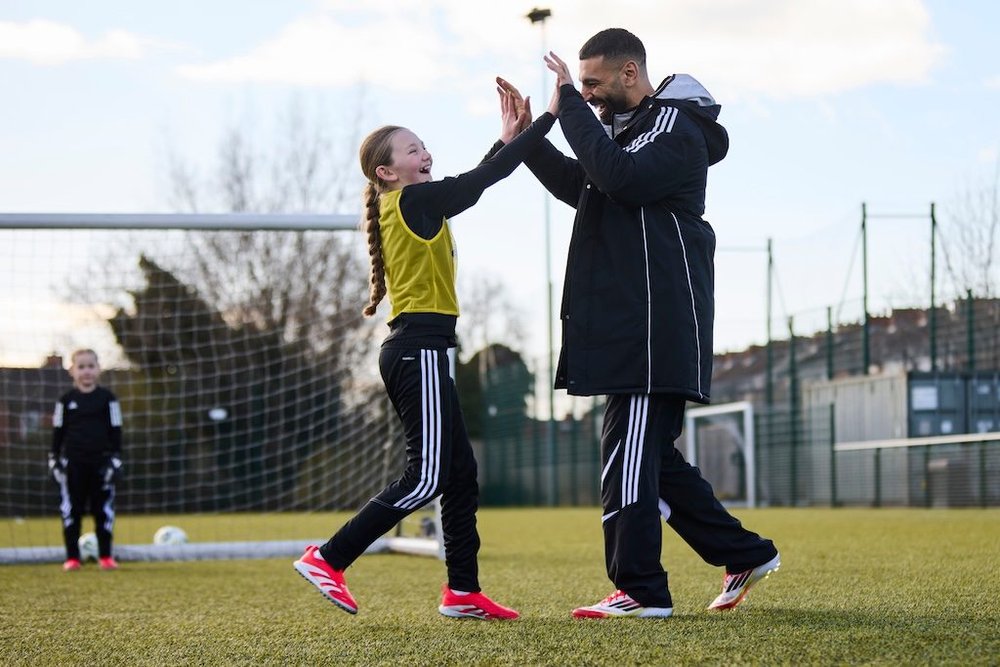
Tell me about the particular challenges of targeting generations Z and Alpha.
We look towards, as everybody does in our industry, younger audiences, and those are clearly the key audiences for this campaign. Sports is done by all age groups and by all people, so the work that we are doing with the brand campaign needs to appeal to a slightly broader audience, but the sweet spot should be Gen Z, Gen Alpha, because they are the next generations. It needs to feel right for them, but the message is really for everybody. That’s also why you see in the work a wide cast of not only different sports and different athletes, but different [ages and levels] – you have the trail running film, but then you have the little kid playing basketball in the driveway. It’s for everybody, and everybody should find themselves within that work.
Florian Alt, Adidas
How did you approach the casting?
We’ve got a rich portfolio of partners that we work with across a lot of different sports. Also, it’s not only a centrally produced body of work. We have markets who further supplement and add to it. At the very beginning of the year in Japan, around Hakone Ekiden, which is their most important sporting event in the year, Japan brought it to life with their athletes. We looked at key sports – you need basketball, you need football, you need American football – and then we looked at which people fit best. For example, the American football film features amateur football players.
And then you have Anthony Edwards, a pro basketballer, the European football is again amateurs, but then you have Mo Salah involved with the Sideline Essentials. So you can see how we dimensionalise through different aspects, that this is really, truly for everybody. That’s also the idea of the Illuminated series, where we have, with longer form content, the chance to dive deeper and showcase what it means to receive that support. You can translate that to your own life. We thought about who was the right fit for the right sports and stories. For example, ultra marathon running is not a sport that a lot of 12- and 13-year-olds are doing a lot, so that film skewed older.
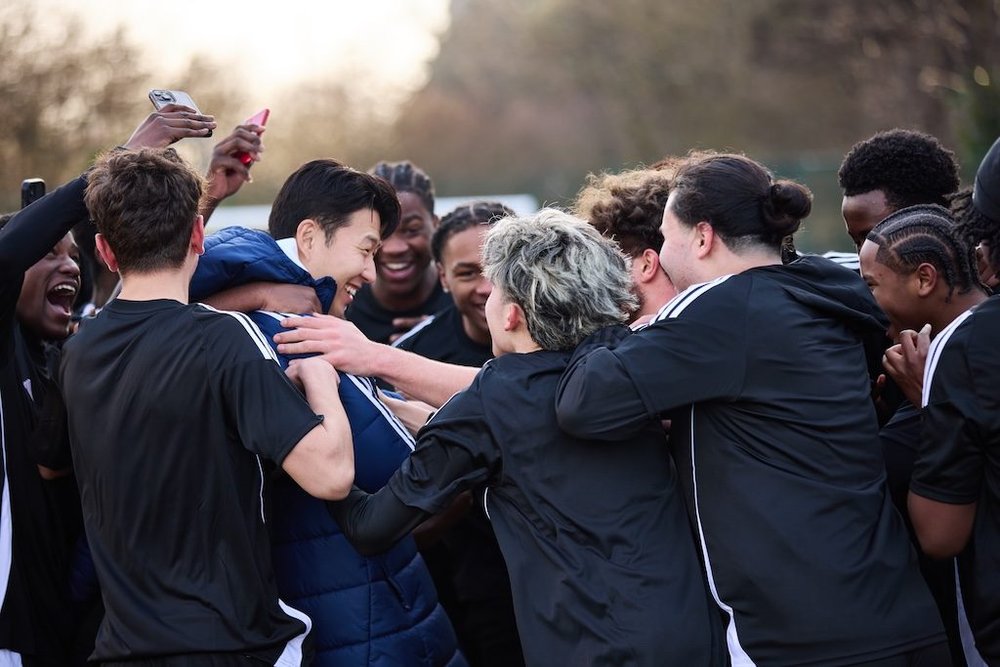
We’ve been seeing a lot of new competition in the running category – how does this work help Adidas capitalise on the running boom?
The brand work is only one element of all the marketing activities that we are doing as a brand, and as such, we try to appeal to as many people who are doing sport. The brand campaign level work is there to, first and foremost, lend a point of view on sport overall, not to say, now go and buy this running shoe or buy this football boot. It’s our job, together with the markets, to construct this in a way that it all makes sense. So you have potentially a brand message about everyday running that gets aired at a time when you are also launching your newest running shoe.
So as consumers go through the funnel, they’ll see inspiring brand work above the line, and then as they go deeper, they’ll see that this is the latest running shoe. But the brand work is not necessarily designed to tackle a specific business segment or sell a specific product. There are other layers of our marketing activities doing this job, but they are connected to each other. For all our category work, we developed strategic category point of views that led us back to the overall sentiment of You Got This so that it’s all connected and doesn’t float around like a completely isolated story that doesn’t fit with anything else the brand is saying or doing.
Florian Alt, Adidas
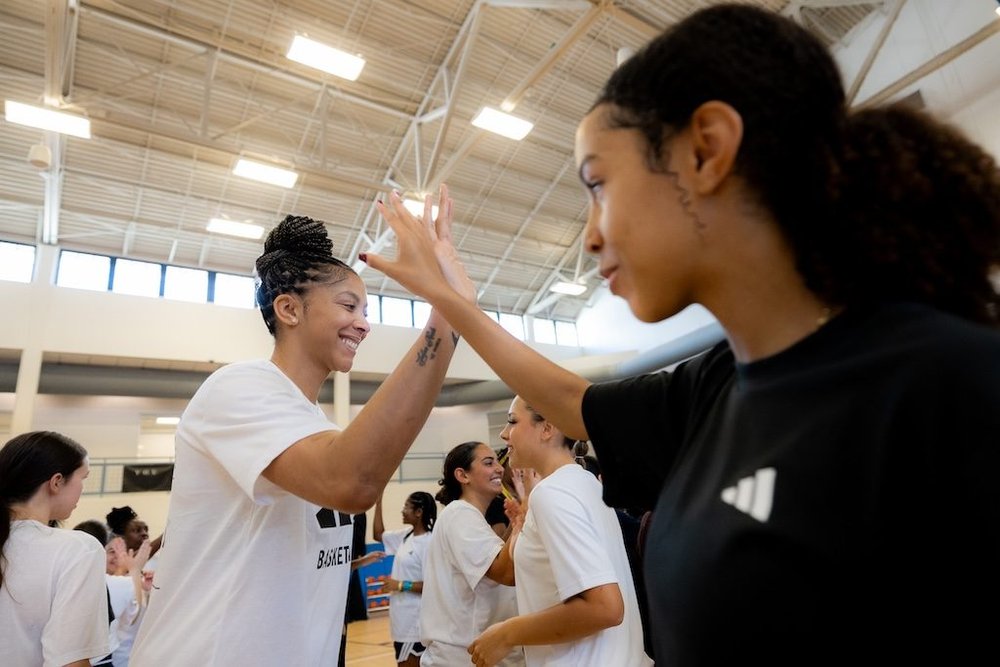
How have you rolled each element out, and what’s the response been like so far?
Whenever you launch something, people ask for immediate results. A new brand line like You Got This isn’t built in weeks or months, it takes time. This is a long-term effort. We launched the work a little bit differently than last year. Last year was a more traditional approach of three different chapters, focusing on everyday athletes, then elite athletes across the world. With 2024 being a summer of football, having both the Euro and Copa America tournaments taking place, we could dive deeper into football. Then we had the Olympics, marking the final phase of the campaign. There was a set cadence of how to roll out the content pieces.
This year, we kept it a little bit more flexible, going into markets when consumers were in the right mindset for it. So in North America, it was around the Super Bowl and March Madness. There wasn’t a single global launch date. No – here’s the body of work, and the work is designed to work from 1 January all the way until 31 December. We deploy it where and how it makes the most sense for the most connectivity.
The reactions are seamlessly positive so far, which shouldn’t come as a surprise, because if you listen to people and their problems, and you distil the insight, you speak to something that’s very closely connected to people. We see this through different metrics, but you can also see it in terms of the commentary that’s left on social or the way people engage with all the content pieces. It’s way above average positive sentiment, which is a very encouraging sign that you’re doing something right. And of course, the markets can tailor it towards their audiences, with their sports and their athletes, which is helping them to build more connectivity between the messages and how they land locally.
